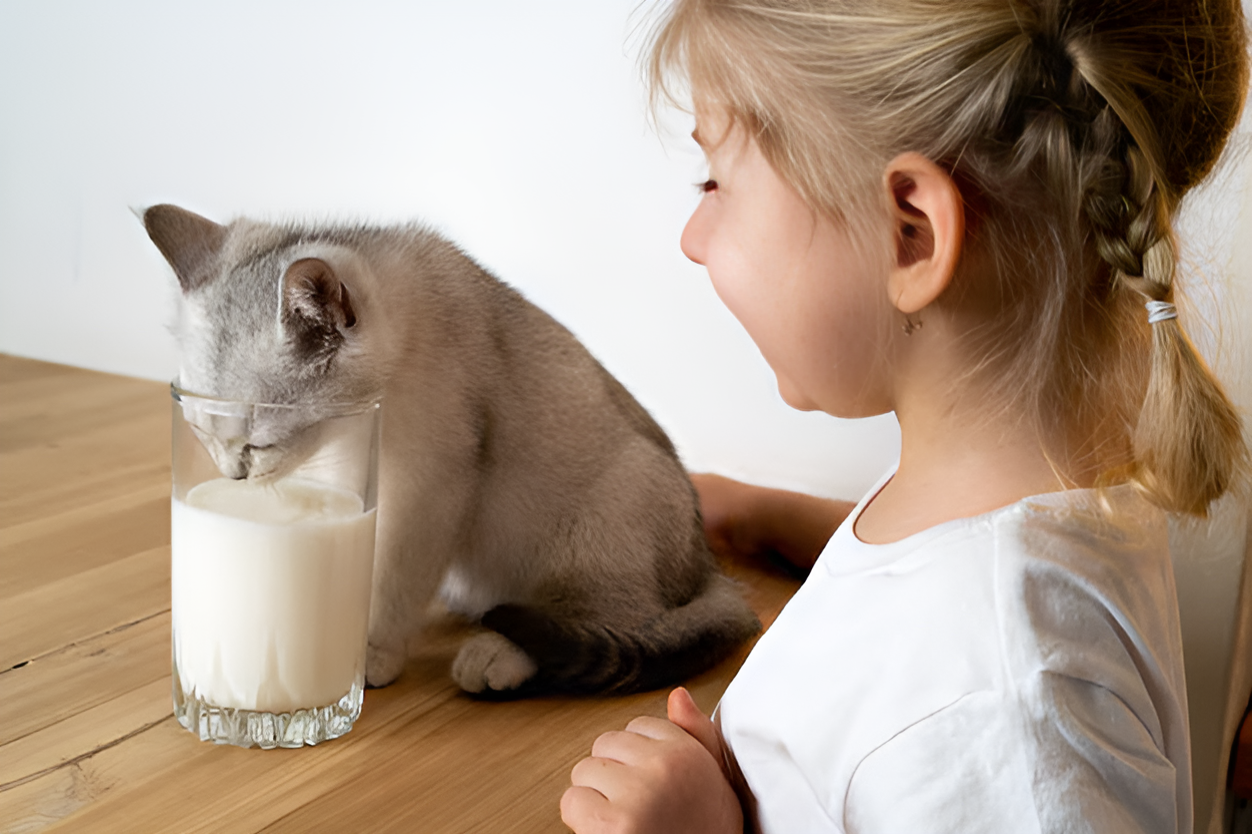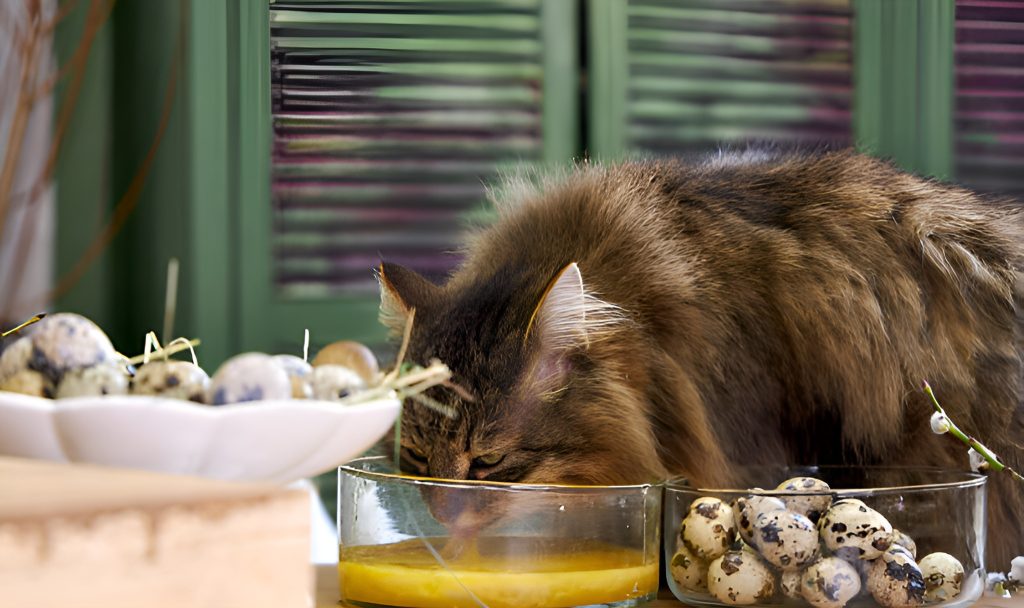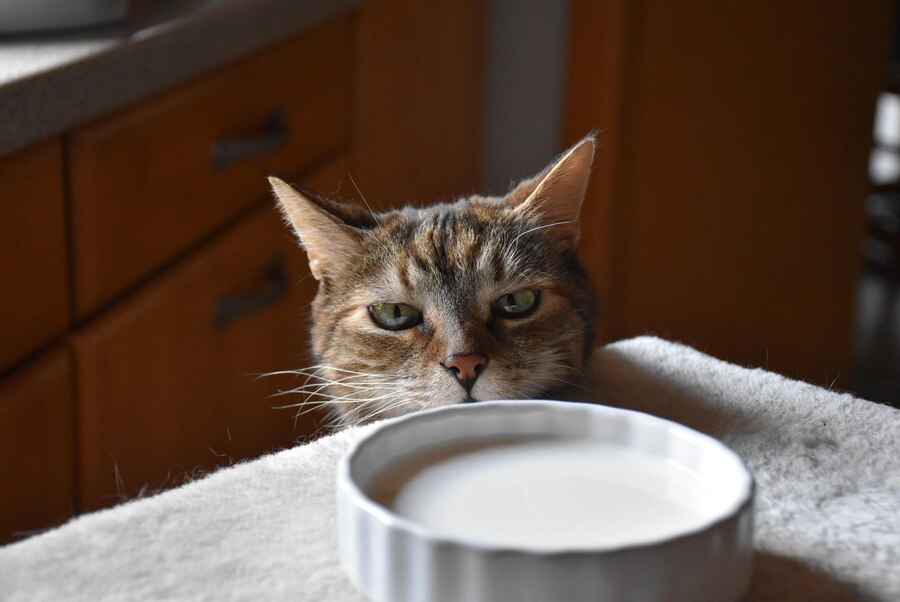That tiny piece of cheese or bite of seasoned chicken might seem harmless, but for your Ragdoll, it could be a silent health risk. I used to think little treats were fine, until my cat developed a stomach upset I hadn’t seen coming.
Many loving owners unknowingly offer foods that can cause digestive distress, toxicity, or even long-term illness.
This guide breaks down which foods Ragdoll cats should avoid, why they’re dangerous, and what safe, vet-approved alternatives you can offer instead.
Ever wondered, “Can my cat have milk?” or “Is a bite from my plate okay?” You’re not alone—and by the end, you’ll feel confident keeping your Ragdoll’s diet both safe and satisfying because every bite they take depends on your care.
Why Ragdoll Cats Have Unique Dietary Needs
Ragdoll cats have distinct dietary needs shaped by their large size, gentle nature, and typically lower activity levels. Although they often weigh more than other breeds, their slower metabolism means they need fewer calories per pound.
Because of this, even small calorie overloads can lead to weight gain, digestive issues, or food intolerances—sometimes triggered by ingredients other cats tolerate just fine.
It’s not just about steering clear of toxic foods—it’s about feeding preventively to support long-term health, keep their weight in check, and maintain that signature glossy coat.
Understanding these unique needs helps you choose food that’s truly Ragdoll-safe. Now that you know what makes their diet different, let’s look at which foods can actually harm them—and why.
Understanding Food Toxicity in Cats
Cats process food very differently from humans. As obligate carnivores, their bodies are built to digest meat, not plant compounds, dairy sugars, or processed additives. They also lack key liver enzymes that help break down many human foods.
Even “natural” items can be harmful, and the effects aren’t always immediate. A small bite here and there—like garlic bread or cheese—can build up over time, damaging organs or upsetting their stomach.
That saucer of milk might feel like a treat, but to your Ragdoll, it’s a hidden risk. When in doubt, skip the human food—their long-term health depends on it.
Recommended Post
Dangerous Foods Ragdoll Cats Should Never Eat
Even a small taste of the wrong food can put your Ragdoll in danger. Their slower metabolism and unique physiology mean certain ingredients that seem harmless to humans can cause toxic reactions, digestive upset, or long-term organ damage.
Below are the most common—and most dangerous—foods to avoid, with clear explanations so you know exactly why they’re risky and what signs to watch for.
Onions and Garlic
These contain thiosulfates, which damage red blood cells and can cause anemia. Powdered forms—like in soups, sauces, or seasoned meats—are even more concentrated. Watch for pale gums, low energy, or unusual tiredness—these could appear a few days later.
Chocolate
Chocolate contains theobromine and caffeine, which cats cannot metabolize effectively. Even a lick can cause vomiting, tremors, or heart rhythm issues. Dark chocolate is the most toxic, but all types are dangerous.
Grapes and Raisins
Even in tiny amounts, grapes and raisins have been linked to sudden kidney failure in cats. The exact toxin is unknown, but effects can include vomiting, lethargy, and little to no urination within 24 hours.
Raw Dough
Unbaked bread dough expands in the stomach, causing bloating and potential rupture. The yeast also produces ethanol, leading to alcohol poisoning. Early signs include disorientation, bloating, and vomiting.
Raw Eggs
Raw eggs can carry Salmonella and contain avidin, which interferes with biotin absorption. Over time, this can cause skin and coat problems along with digestive distress.
You Might Also Like
Can Cats Eat Quail Eggs? Vet-Approved Guide to Benefits, Risks & Feeding Tips
Milk and Dairy
Most adult cats, including Ragdolls, are lactose intolerant. Milk, cream, and cheese often lead to diarrhea, bloating, and stomach cramps, even if your cat appears to enjoy them.
You Might Also Like
Everyday Foods That Are Unsafe for Your Ragdoll
Not all risky foods for Ragdolls cause instant poisoning. Some seem harmless but can lead to slow, hidden damage over time, affecting your cat’s weight, organs, and overall health.
Because Ragdolls have a slower metabolism and specific nutritional needs, even occasional indulgences in these foods can cause long-term problems. Here’s what to watch for and why these “safe” foods aren’t truly safe.
Tuna (Daily Feeding)
While cats love tuna, frequent feeding can cause mercury buildup and nutrient imbalance. Tuna lacks essential vitamins and minerals that cats need, leading to long-term deficiencies and organ strain.
Dog Food
Dog food is not toxic but lacks taurine, an amino acid critical for feline heart and eye health. Over time, taurine deficiency can cause blindness and dilated cardiomyopathy.
Processed Meats
Ham, bacon, and deli turkey are high in sodium, nitrates, and saturated fats. These stress the kidneys, increase blood pressure, and promote obesity in less active Ragdolls.
High-Fat Table Scraps
Fried foods, fatty cuts of meat, and greasy leftovers can trigger pancreatitis. Pancreatitis is very painful and often starts with simple signs like not eating or sleeping more than usual.
Safe & Healthy Alternatives for Ragdolls
Feeding your Ragdoll right isn’t just about avoiding harmful foods—it’s about offering safe, nourishing options they’ll actually enjoy. Try small portions of cooked, unseasoned chicken, turkey, or beef—simple, protein-rich treats that feel like a reward.
Some cats love a spoonful of plain cooked pumpkin or a soft carrot slice for added fiber. I even tried frozen pumpkin cubes last fall—he loved them! A few blueberries here and there can also add antioxidants without added sugar.
Look for single-ingredient, grain-free commercial treats—brands like PureBites or Vital Essentials are great low-carb options. For extra support, omega-rich bites can help keep their coat glossy, while treats with added probiotics promote good digestion.
Just remember: treats should make up no more than 10% of their daily calories, and always skip the seasoning. A few smart choices now can go a long way toward your Ragdoll’s long-term health.
You Might Also Like
Preventing Accidental Ingestion
Keeping your Ragdoll safe from harmful foods starts with prevention, not panic. Stash toxic items—like onions, chocolate, and anything with xylitol—in sealed containers or locked cupboards. Teach every family member, especially kids, to follow one simple rule: no human food for cats.
Clear tables and counters right after meals, and don’t leave plates out. Use lidded trash cans, and block kitchen access during busy cooking times. Got a guest slipping treats under the table? Time to hang that “Do Not Feed the Cat” sign. And just in case—save your vet’s number and poison control in your phone now, not later.
Emergency Steps If Your Ragdoll Eats Something Toxic
If you think your Ragdoll may have eaten something dangerous, don’t panic—but do act quickly. The first hour can make all the difference. Watch for signs like vomiting, diarrhea, drooling, tremors, sudden lethargy, or hiding.
Get the suspected item out of reach, and hang onto any packaging—it’ll help your vet identify the problem faster. Call your veterinarian or a pet poison hotline right away: ASPCA (888‑426‑4435) or Pet Poison Helpline (855‑764‑7661).
Never try to induce vomiting or offer milk unless your vet specifically says so—it could make things worse. If you’re heading to the clinic, bring along the food, ingredient list, and a quick timeline of what happened.
Trust me, when something scary happens, staying calm and prepared makes all the difference. A little readiness now could save your Ragdoll’s life later.
Final Thoughts
Safe feeding isn’t just about avoiding toxic foods—it’s about building habits that keep your Ragdoll healthy for life. I stick to vet‑approved treats like freeze‑dried meats or cat‑safe milk and keep a “Do Not Feed” list for guests.
Staying consistent with meals, watching for sensitivities, and double-checking labels—those small steps make all the difference. That’s how I keep my own Ragdoll safe, happy, and purring by my side. Got a favorite treat or close call to share? Drop it in the comments.
You Might Also Like
Founder of Cats Question, a veterinarian (DVM), and lifelong cat enthusiast with hands-on experience in feline care. Passionate about helping cat owners through expert-backed, compassionate advice inspired by years of living and learning alongside cats.






